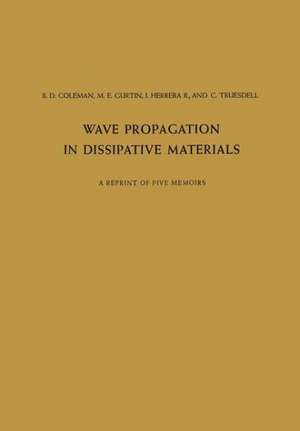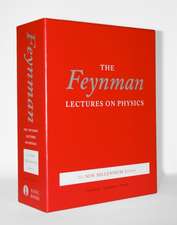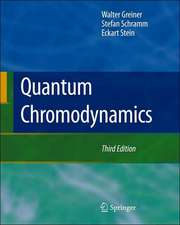Wave Propagation in Dissipative Materials: A Reprint of Five Memoirs
Autor B.D. Coleman, M.H. Gurtin, R.I. Herrera, C. Truesdellen Limba Engleză Paperback – 14 aug 2012
Preț: 634.18 lei
Preț vechi: 746.09 lei
-15% Nou
Puncte Express: 951
Preț estimativ în valută:
121.37€ • 126.24$ • 100.19£
121.37€ • 126.24$ • 100.19£
Carte tipărită la comandă
Livrare economică 14-28 aprilie
Preluare comenzi: 021 569.72.76
Specificații
ISBN-13: 9783642886935
ISBN-10: 3642886930
Pagini: 148
Ilustrații: VII, 138 p.
Dimensiuni: 170 x 244 x 8 mm
Greutate: 0.25 kg
Ediția:Softcover reprint of the original 1st ed. 1965
Editura: Springer Berlin, Heidelberg
Colecția Springer
Locul publicării:Berlin, Heidelberg, Germany
ISBN-10: 3642886930
Pagini: 148
Ilustrații: VII, 138 p.
Dimensiuni: 170 x 244 x 8 mm
Greutate: 0.25 kg
Ediția:Softcover reprint of the original 1st ed. 1965
Editura: Springer Berlin, Heidelberg
Colecția Springer
Locul publicării:Berlin, Heidelberg, Germany
Public țintă
ResearchDescriere
Common experience reveals two basic aspects of wave propagation. First, while preserving their identity and travelling at definite speeds, sounds finally die out. Second, weak sounds may combine to form strong noises. Theories of acoustic propagation have succeeded in representing these aspects of experience separately, but never combined as in nature. The classical theories of sound in perfect fluids and elastic solids easily yield common speeds of propagation for plane infinitesimal disturbances, but no damping. Moreover, within EULER'S theory of the perfect fluid, or its generalization, the GREEN-KIRCHHOFF-KELVIN theory of finite elasticity, weak waves may grow stronger and become shock waves, which propagate according to more complicated but equally definite principles. Effects of internal damping are easily added for theories of infinitesimal deformation, but for finite motions a dead end was reached about sixty years ago. Indeed, in 1901 DUHEM proved that according to the NAVIER-STOKES theory of fluids acceleration waves and waves of higher order cannot exist, and for shock waves he claimed a similar result, which has since been shown to be valid subject to certain qualifications. So as to save the phenomena of sound and noise, as was necessary if the NAVIER-STOKES theory was to deserve the place proposed for it as a refinement upon EULER'S theory, DUHEM introduced the concept of "quasi-wave", a region of rapid but continuous transition.
Cuprins
Reprinted from Volume 8 (1961): Archive for Rational Mechanics and Analysis.- Waves in Materials with Memory, I. The Velocity of One-Dimensional Shock and Acceleration Waves 1—.- Waves in Materials with Memory, II. On the Growth and Decay of One-Dimensional Acceleration Waves.- Waves in Materials with Memory,III. Thermodynamic Influences on the Growth and Decay of Acceleration Waves.- Waves in Materials with Memory,IV. Thermodynamics and the Velocity of General Acceleration Waves.- Reprinted from Volume 19 (1965): Archive for Rational Mechanics and Analysis.- General and Exact Theory of Waves in Finite Elastic Strain.











